Air release valves play a critical role in maintaining pipeline integrity in water and wastewater treatment systems, but plant operators face a common problem: most of the valves don’t seal properly at lower pressures without changing to a softer seat, which is when the system is most at risk. This happens because most air release valves on the market seal well at high pressure, but require an inconvenient orifice change to run properly at low pressures.
In Texas, for example, a water utility recently replaced combination valves at a transfer pumping station for its treatment plant. However, when the station was operating at very low pressure — anything under 10 psi — the new valves failed to seal. The ultimate solution involved disabling the air release function on the combination valves and installing an advanced air release valve to handle the lower pressures.
The key to avoiding these problems, while achieving optimal performance, is selecting air release valves from the start that work in low- and high-pressure applications. The good news is that there are some advanced air release valve products on the market that seal over a much wider range, so no orifice change is necessary.
How Air Release Valves Work
Air release valves are designed to vent trapped air that collects at high points in a pipeline. These valves continuously release air from systems, thereby preventing the formation of large air pockets that can cause pressure purges that would be damaging to the system.
As air accumulates in the air release valve, water is displaced, causing the stainless steel float to drop to a point where the valve orifice opens and the accumulated air is exhausted into the atmosphere. The water level in the air valve then rises and closes the valve orifice once again. This cycle repeats when necessary, avoiding the formation of potentially destructive air pockets.
In many installations lacking air release valves, large pockets of air in the pipeline cause power consumption to increase and flow to decrease, sometimes completely. Excessive air accumulation can also cause pipeline ruptures, which are mistakenly attributed to ground settling or defective pipe. In these cases, unusually large air pockets can greatly increase the pressure of normally occurring surges to the point where sudden stops and starts of flow can cause a pipe to rupture.
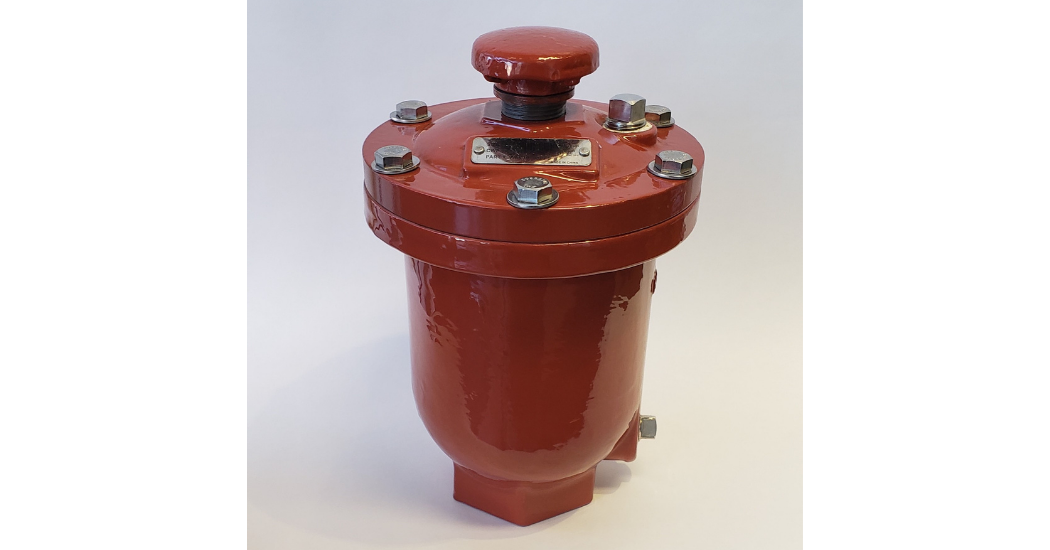
Pitfalls To Avoid
Choosing the proper air release valve for any water application is a critical task. Product evaluators should know the lowest and highest pressures that can be expected as well as the flow rate, then select a valve that can handle all three. A common mistake is specifying air release valves that address the maximum potential pressure instead of the actual operating pressure.
The downfall of air release valves designed specifically for use in low-pressure situations is that damage can occur with the switch to high pressure.
Advanced air release valves feature improved seat materials, allowing them to operate at a wider range of pressures, including much lower pressures, than standard air release valves. This likely includes a float and connection of 316 stainless steel construction, which can withstand the designed system surge pressure without failure; a body and cover made of ductile iron construction; valve internal parts and cover bolts made of 316 stainless steel; and a rubber orifice button made of ethylene propylene diene monomer (EPDM) to promote watertight shutoff.
The 316 stainless steel offers increased corrosion resistance and strength at higher temperatures.
Air release valves play a key role in water and wastewater operations. Selecting the properly designed product is key to avoiding the potential problems of low-pressure situations.
Author: Julian Ramirez is a Product Manager with Mueller Water Products, overseeing the development of Air Valves, Industrial Butterfly Valves and Knife Gate products.

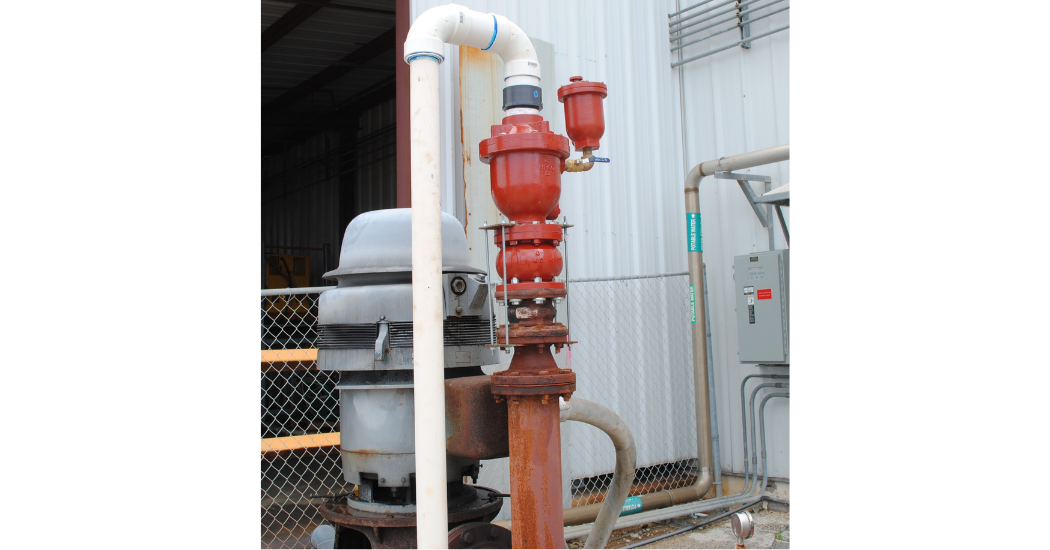
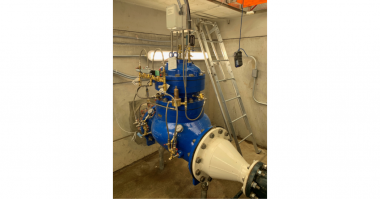
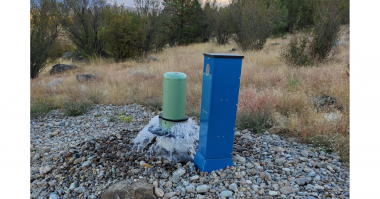
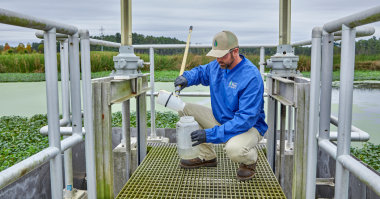
Comments